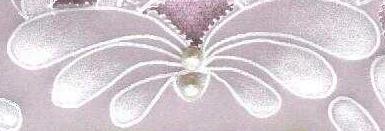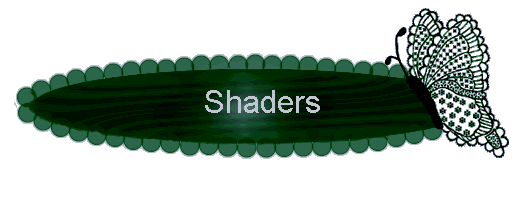PCA Shader and Mini Shader Embossing Tools (Click
on SoftShader button on left to see our newest member of the Shader family!)
Try your hand at shading a Rose...
follow the Rose Lesson link!
The PCA Shader tool is a wire loop shaped tool that has been created
to enable smooth, graduated areas of blending when you emboss. Single level
embossing( as with a ball tool) is not suitable for flower petals or skin
contours for example, where their natural variation in depth needs to be
emulated with GRADIENT embossing.
The PCA MiniShader is a smaller version of the original Shader and is
designed to make those smaller areas easier to emboss. Use in the same manner as
follows:
Stroking the tool toward you (elbow of loop downwards) with the
front edge
of it's loop, concentrating area to be whitest with
the most pressure, produces gradient blending. One usually starts at the
very edge of an outline of a petal for example.Ease off the pressure that
you pull with as you reach the midsection of your petal or desired shape and
you will get a gradual airbrushed embossing look.
Pushing the tool by using the rounded tip in a forward pushing motion
eases your parchment into the area last touched with the Shader's loop.
This
is useful for example,when pronouncing the outer edges of rose petals.
Try it at various angles for unlimited different shading effects!
You can even use the loop to create lines by dragging along it's
edge,such
as in those shaded leaves that have a multitude of individual strokes to
form the shading. Use in conjunction with the PCA Scriber to complete
this
method.
Use the side of the loop to emboss the gentle curve of a softly rounded
object. Soft pressure to start with, more in the midsection and then ease off at the other side. This is usually done laterally.The greater
degree of embossing will be in the centre, graduating either side to
"cup" out slightly. This is done on reverse side of work.

This delicate,airbrushed look has been achieved using the PCA
Shader.

Our new MiniShader... Click on pic to see closer view and then check out the
rose lesson to see how the rose was created!
